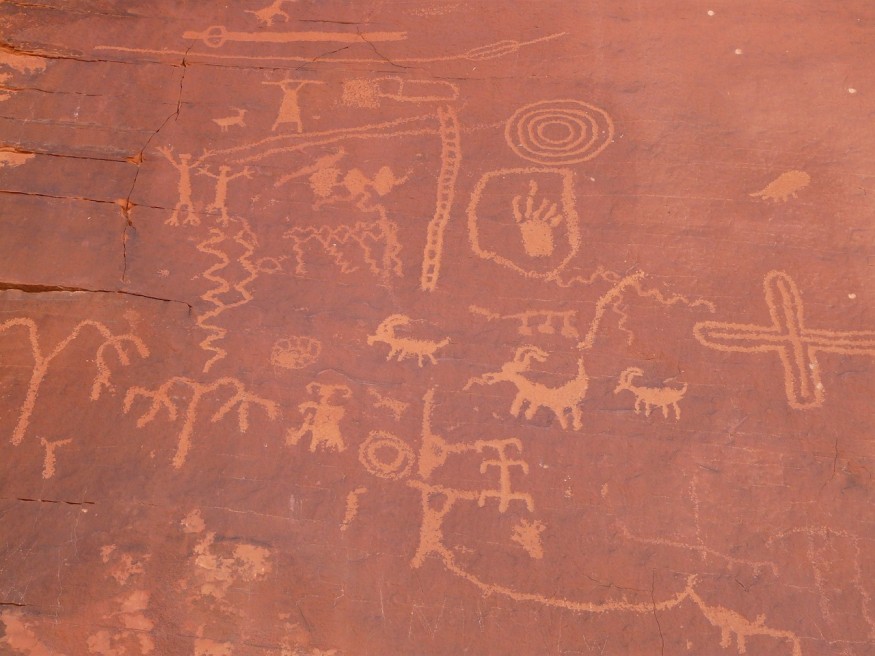
As they were looking into a southwestern US site, archaeologists found various prehistoric rock carvings that may have been used as a calendar by Native Americans.
Ancient Pueblo Communities
The area, known as Castle Rock Pueblo, sits over the Mesa Verde Plateau that straddles the border of Colorado and Utah. It is known to house settlements of Ancestral Pueblo that have been embedded into the canyon walls that surround it. The area is marked by three canyons.
The Ancestral Pueblo peoples were an indigenous group that dwelled in the Castle Rock Pueblo from the 1250s to 1274. They dwelled in flatlands and in semi-subterranean pit homes. They were often surrounded by stockades of wood. The Ancestral Pueblo people also followed agricultural practices and made distinct mats and blankets.
Archaeology professor Radoslaw Palonka, who is from Poland's Jagiellonian University and who headed the investigation, explains that the agricultural communities of the Pueblos developed one of North America's most advanced pre-Columbian cultures. These people were able to hone their expertise of constructing stone houses with multiple storeys. This resembles historic town houses and even flats or blocks.
This indigenous group was known for their rock art, ceramics with different motifs and black and white paint pigments, and carefully ornamented jewelry.
At present, the descendants of the Ancestral Pueblo peoples dwell in the region.
Calendar Rock Carvings
In the course of the investigation, the archaeologists found various petroglyphs (rock carvings) that are coat the canyon walls over cliff settlements. The rock carvings stretch for over four kilometers. They include spirals that have a diameter of over one meter.
Palonka explains their previous thinking, as they were able to thoroughly study the area and perform full-scale geophysical surveying, excavations, and digitalization. Palonka further notes that despite this, he had clues from older members of the community that something could be discovered in the canyon's higher and less accessible areas. They wanted to confirm this, and their discovery went beyond what they expected.
The professor notes that their findings completely alter their perceptions of the area in several ways, adding that they underestimated the number of people who dwelled in the area during the 13th century and how complex their religious practices were.
The researchers believed that the indigenous Ancestral Pueblo made use of the panels as a calendar of some sort. They may have used it for commemorating special days, such as the winter and summer solstices and the autumn and spring equinoxes. It could have also been used for making astronomical observations.
RELATED ARTICLE : 2,000-Year-Old Submerged Rock Formations With Human Carvings Exposed After Dramatic Drop of Water Levels in Amazon
Check out more news and information on Archaeology in Science Times.
© 2026 ScienceTimes.com All rights reserved. Do not reproduce without permission. The window to the world of Science Times.











